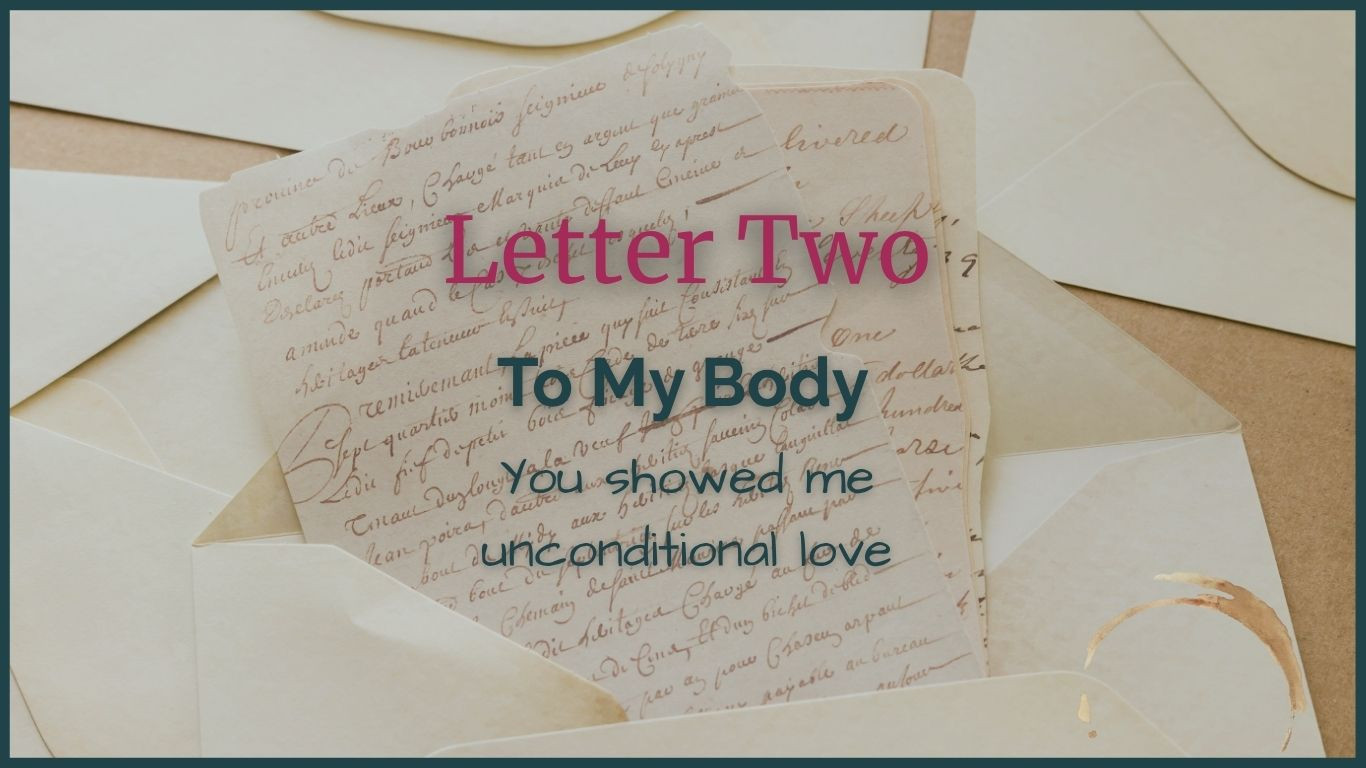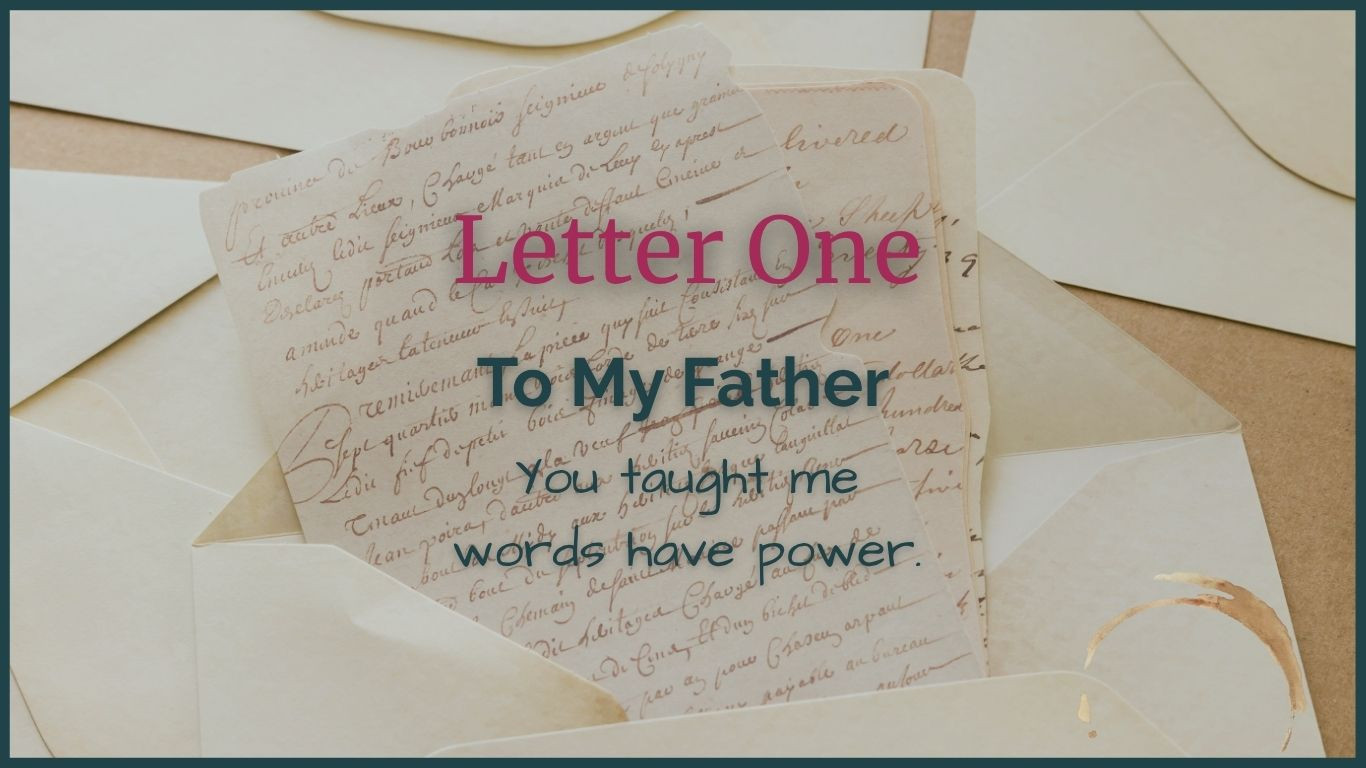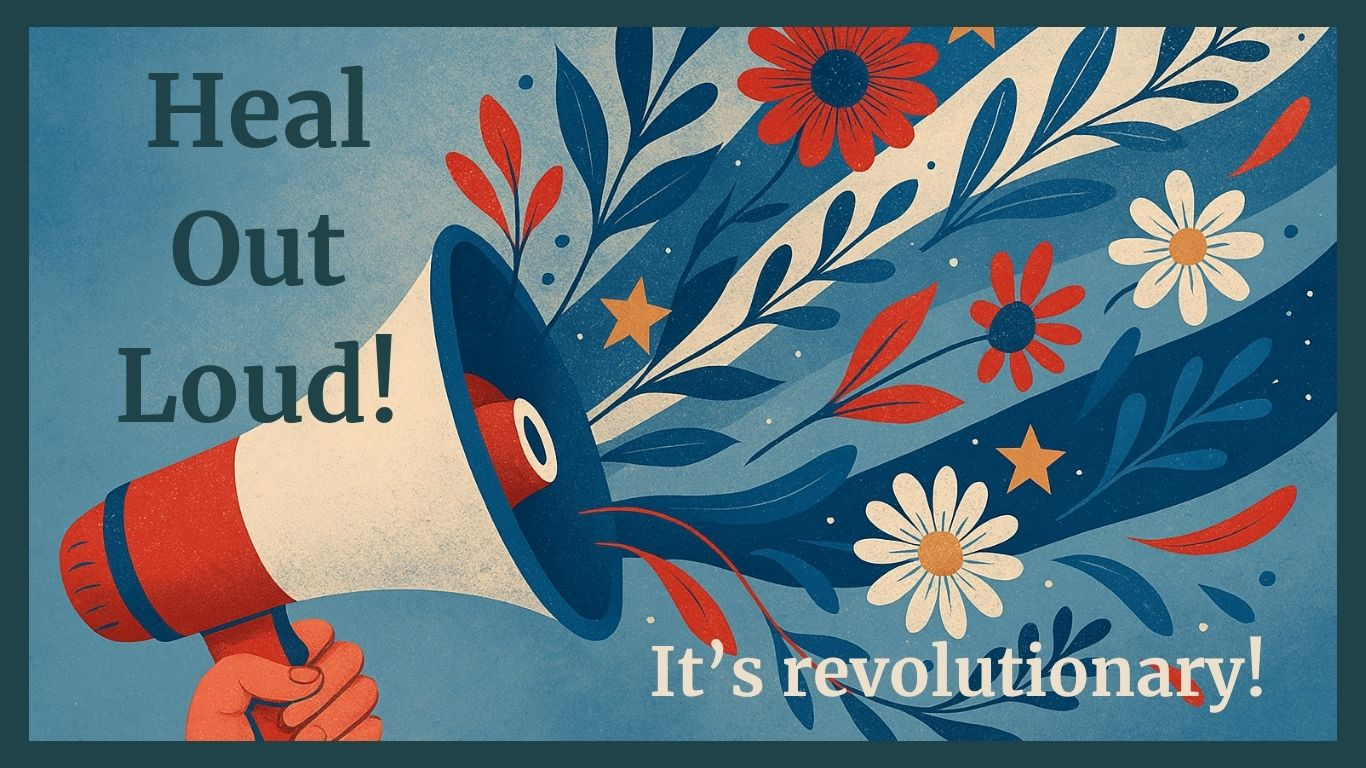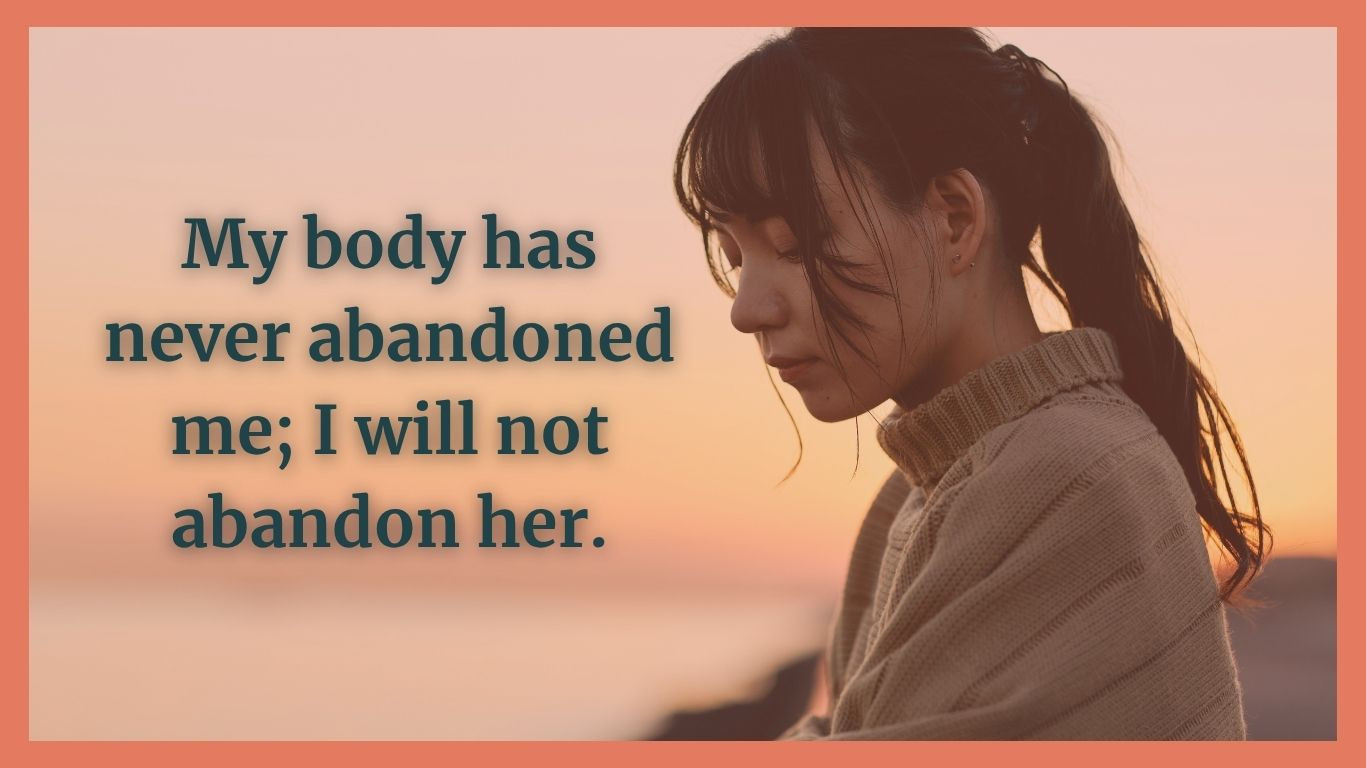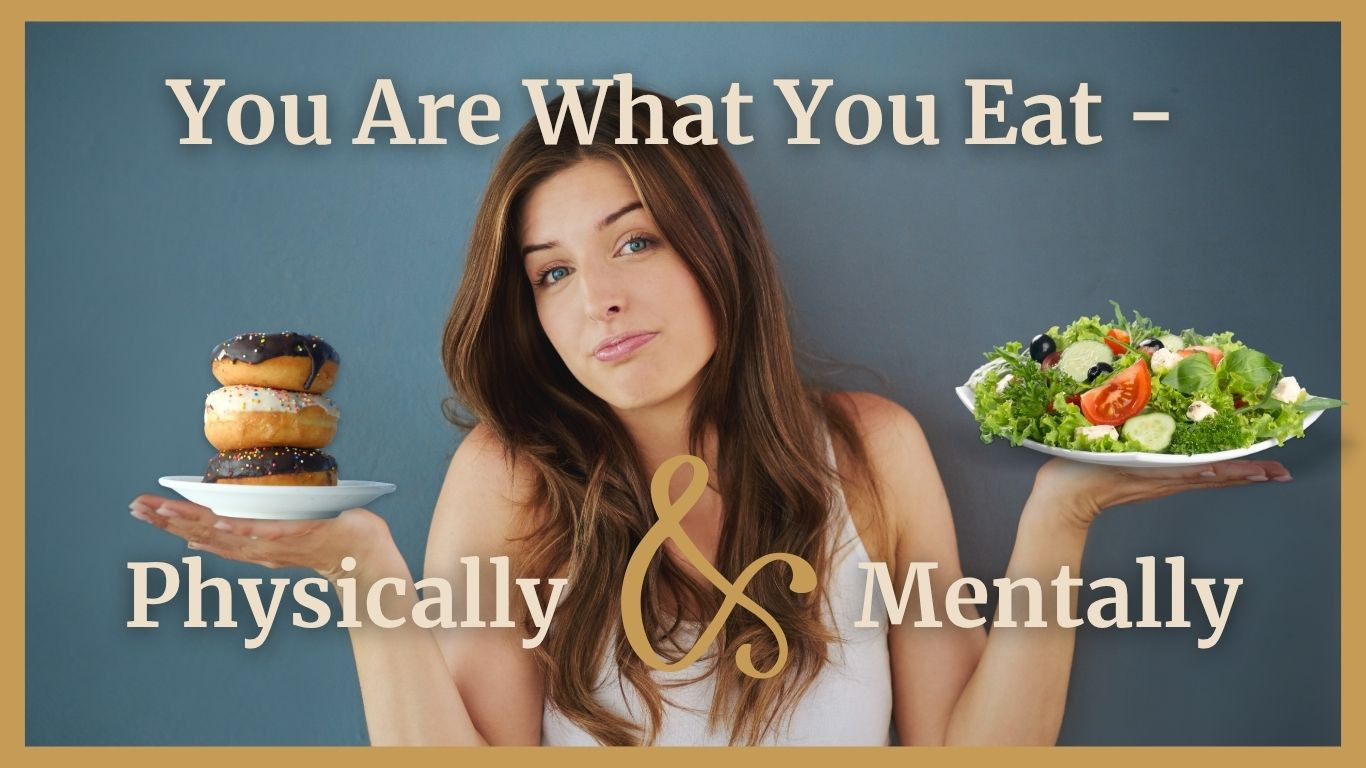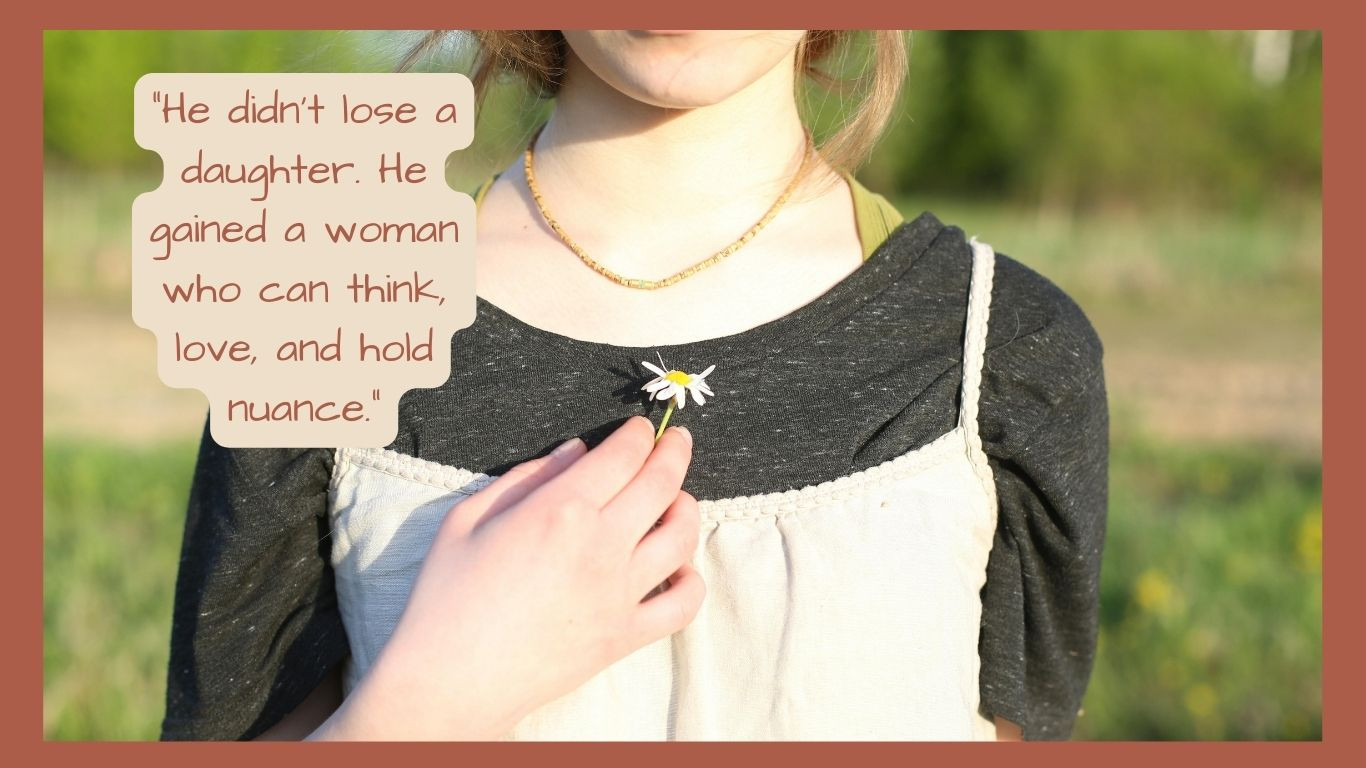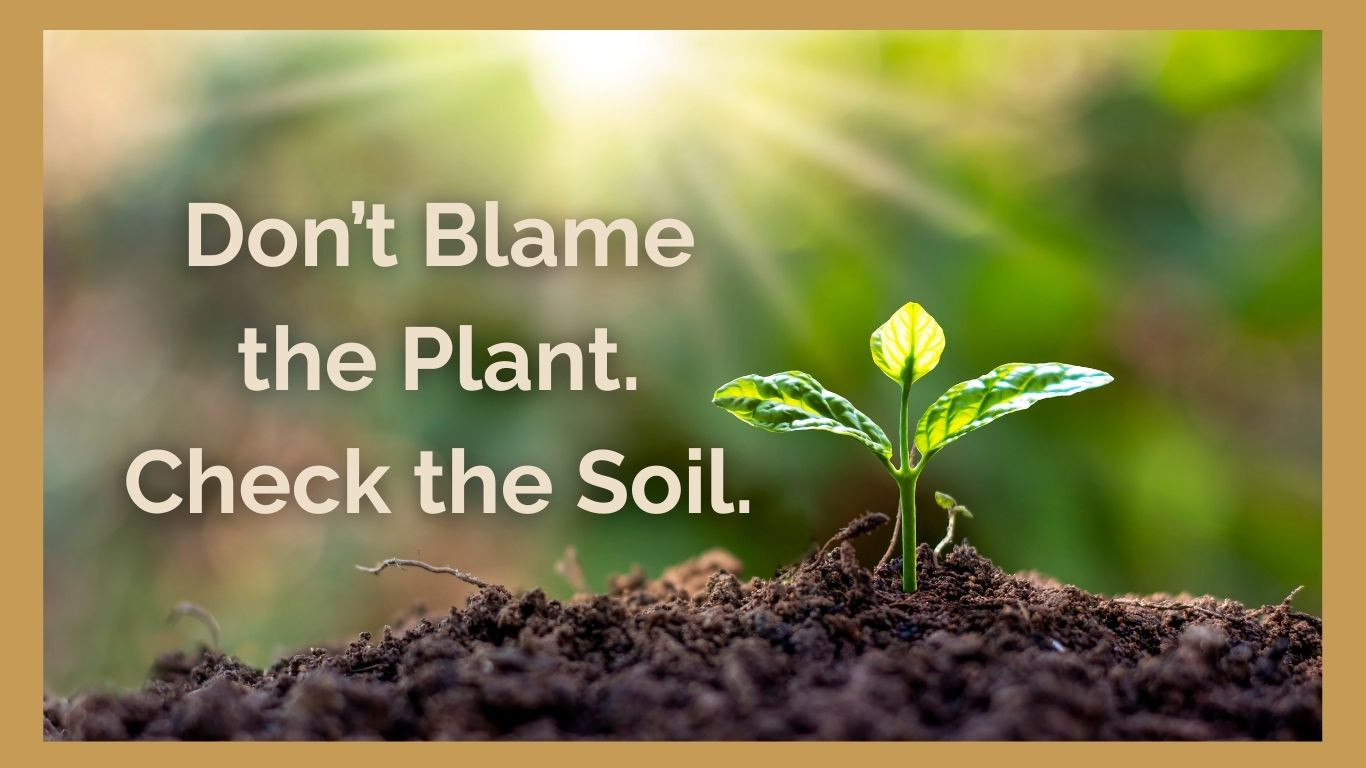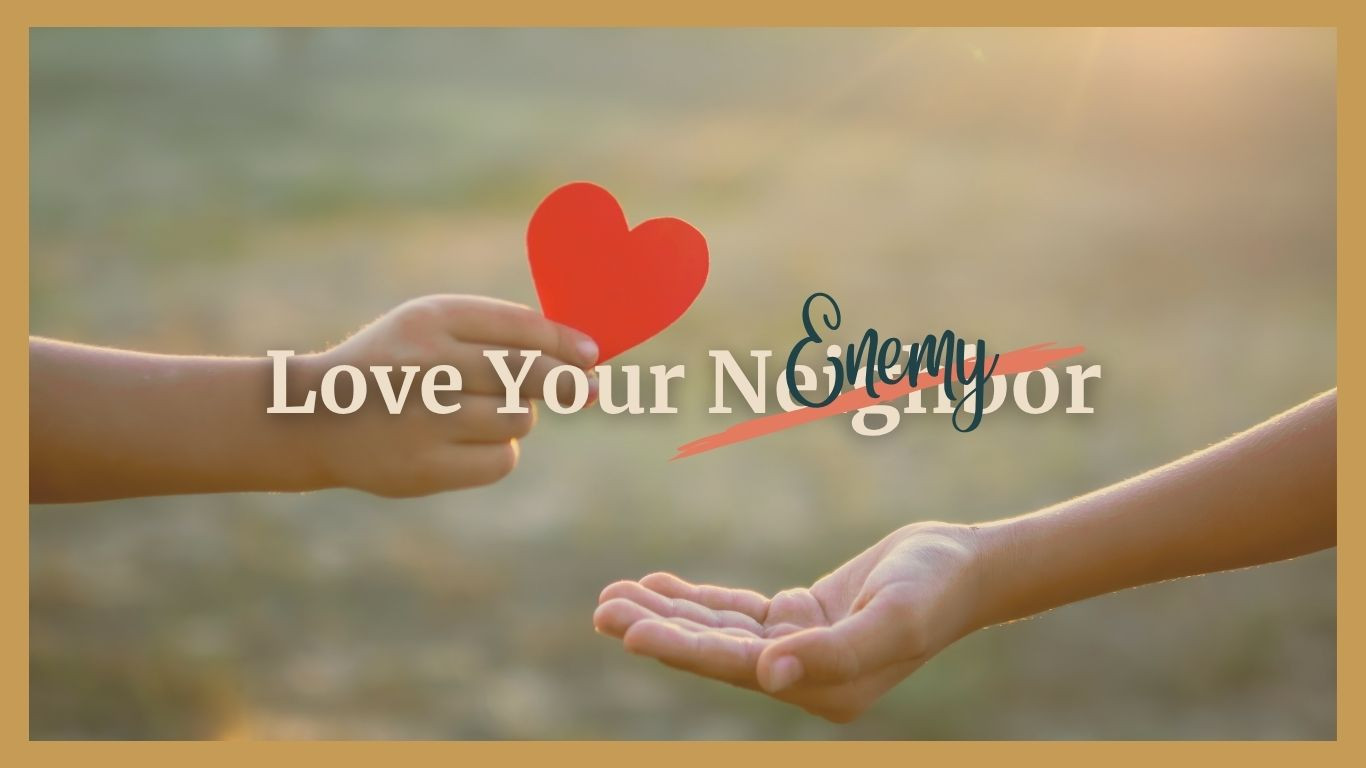
Delve into the compelling exploration of a profound question: what does it truly mean to love your enemies? This engaging piece challenges conventional interpretations of eternal punishment and tackles the complexities of faith, belief, and the perceived divide between evangelical and liberal mindsets. It invites readers to reconsider the notion of enemy, urging a shift towards understanding and curiosity rather than division and dismissal. Instead of accepting rigid paradigms, it proposes that kindness and patience could be the bridges needed to mend societal rifts. The journey isn't about abandoning beliefs but rather about preparing the ground for growth and connection in a world often torn by ideological battles. This post will provoke thought and encourage an all-important reassessment of how we perceive others—and ourselves—in the pursuit of a harmonious coexistence.
Read more...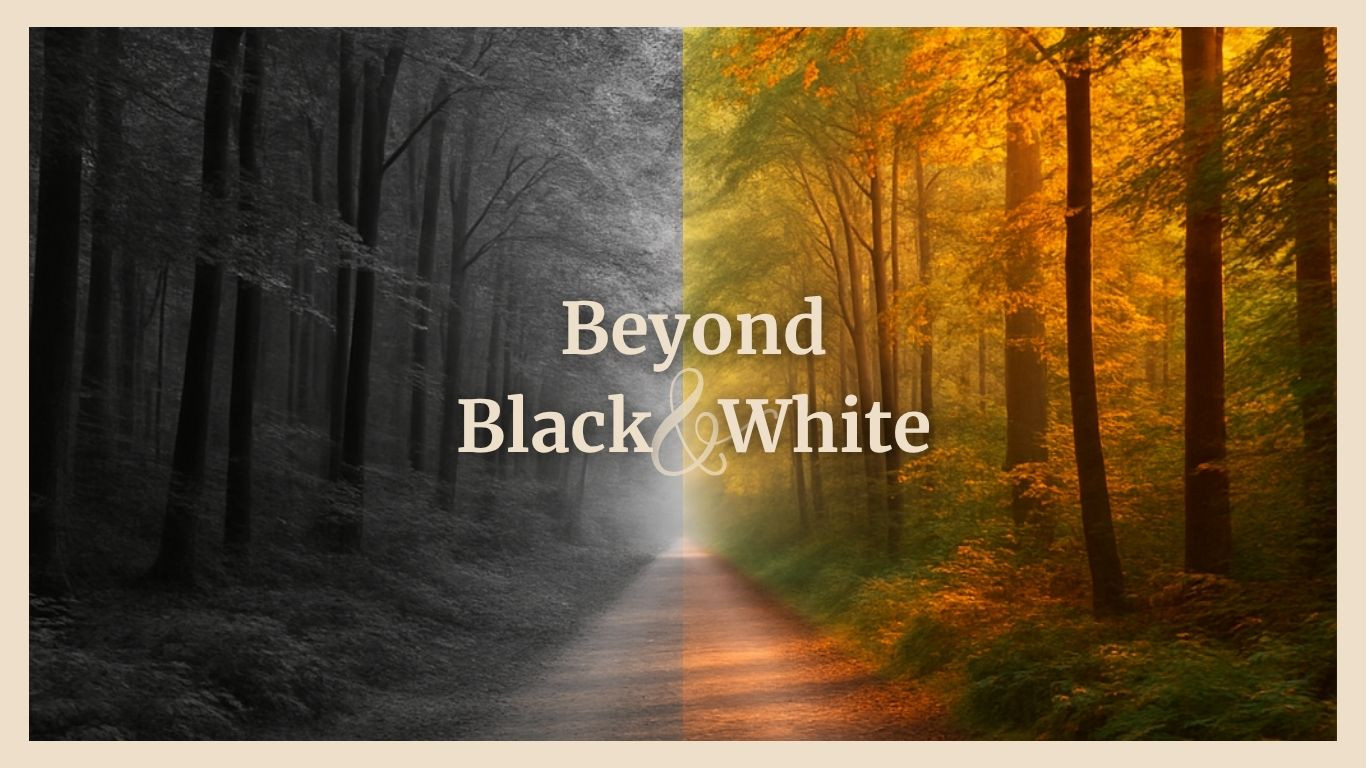
Dive into a world that challenges the confines of black-and-white thinking, where understanding life through sharp contrasts gives way to embracing the vivid complexities of the gray. Discover the journey of choosing love over rigid systems and how that choice exposed the beauty, freedom, and complexity of genuine, nuanced living. Witness how overcoming fear-based ideologies not only reshapes one's worldview but also enriches life with newfound peace and authenticity. Could leaving behind binary biases and accepting the multifaceted nature of humanity lead you to a more fulfilling existence? Embark on this revelatory exploration and redefine what it means to truly belong, love, and live freely.
Read more...
